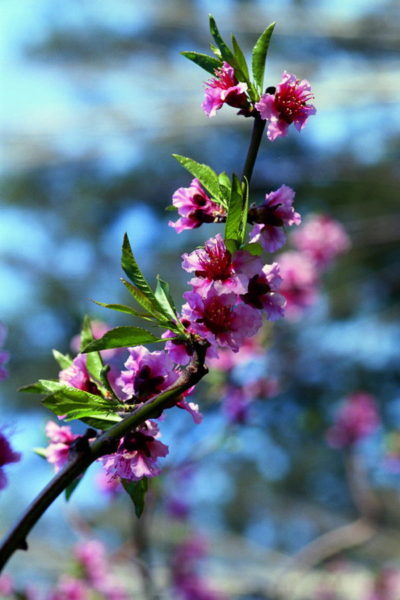Over the course of human history, the Mediterranean basin has been an area of cultural diffusion and exchange involving various peoples, representing the destination of numerous migrations. In the 7th century, this area experienced intense upheaval when the Muslims entered Syria and very rapidly incorporated Northern Africa, the Iberian Peninsula and the major islands and southern section of Italy, whereby all of these territories were united under a new language and a new religion. Islamic expansion, which integrated areas with diverse traditions and separate evolutions into a vast economic and cultural unit, created the conditions for profound agricultural reform, although revolution is a more accurate description, where in irrigation played a key role. However, the cultivation of new plants from tropical and sub-tropical regions, which were gradually introduced into the drier and colder climates of the Near East and the Mediterranean, gave rise to the need to construct artificial ecosystems that would provide suitable conditions of humidity and temperature. Indeed, such requirementsm were doubly pressing given the scale of the cultivation in question. The new species could only take root as summer plants in irrigated areas, in other words, in small areas over an excessively short period of time. Hydraulic systems were quickly transformedand, via the invention of new techniques and the development and diffusion of existing techniques, the Muslims were able to create large areas of irrigated land in the territories in which they settled.
Texto completo: Utility and aesthetics
En: Health and healing from the medieval garden, edited by Peter Dendle, Alain Touwaide, Woodbridge, pp. 205-227. – Colección: Digital CSIC (EEA Parte de Libros)
This post is available in: English Español

